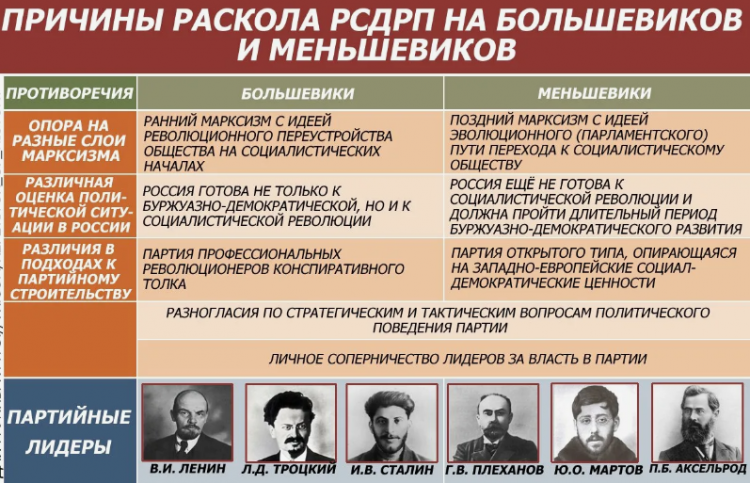
THE COUP IN PISHPEK The political coup that began in Pishpek was accompanied by a change of power,...

The Soviets became local authorities that primarily influenced representatives of the European...

The Beginning of the Recognition of Soviet Power in Pishpek and the District In the summer,...

The Alash Party and its leaders were accused of betraying the interests of their people in 1916,...

Struggle for Power Among Individual Exploitative Groups With the overthrow of Tsarism (according...

Police Administration in the City City management particularly vividly reflects the discriminatory...

February Bourgeois-Democratic Revolution of 1917 in Osh. The overthrow of the tsarist autocracy on...

Soon A. Sydykov resigned, as the Provisional Government disappointed the expectations of the...

The establishment of Soviet power and statehood in Kyrgyzstan began after the October Revolution...

Military-Police Administration As we can see, the ancient city at the beginning of Russian rule...

The Tsar is Overthrown. The life of the people did not improve. In early 1917, the news spread...

Propaganda of proletarian ideas in Turkestan by political exiles Political exiles, especially...

National Liberation Uprising The uprising we are interested in took on a religious guise; however,...

The uprisings and revolts that took place in Kyrgyzstan, as well as in Uzbekistan, Tajikistan, and...

Madali Ishan and other participants of the uprising before execution Colonial Authority Against...

Administration. Russia introduced its own system of administrative governance in Kyrgyzstan....

Adoption of the New Constitution With the acquisition of independence, the renewal of the state...

1960-1966. Academy of Sciences of the Kyrgyz SSR Certain successes were achieved in science. In...

Zharkynaiym. In the political life of the Kokand Khanate, an interesting role was played by the...

B. Beishenalieva as Tao Hoa For a long time, B. Beishenalieva had to perform in ballet productions...

Establishment of Autocracy. The Soviet power had many enemies—both external and internal. They...

Kyrgyzstan in the 1920s. Introduction With the establishment of Soviet power, a political culture...

Esan-Buka Esan-Buka, his ulusbek (Seiid Ali), and his court continued to pursue the supporters of...

Support for the Rebels by the Local Population The uprising of 1873-1876 began and unfolded as an...

Kyrgyzstan today is a sovereign independent state building an open society. An open society is one...

Forced Liquidation of the Kokand Khanate The tsarism, the patron of the Kokand khans, failed to...

The Socialist-Revolutionary Party (SRs) was formed in Russia in 1902 and made a loud statement...

1937... For almost everyone alive today, this period in our history evokes a heavy sense of...

After the victory of the February bourgeois-democratic revolution, power in Russia passed into the...

The revolutionary protests of workers, townspeople, and peasants in southern Kyrgyzstan in...

“Who is not with us is against us” The traditional way of life of the Kyrgyz tribal society began...

Bureaucratic Apparatus of Management among Southern Kyrgyz Tribes The social and property...

Turkestan - A Place of Exile for Political Prisoners The penetration and spread of revolutionary...

A. Bukeykhanov, M. Tynyshpayev, Zh. Seydalin, M. Dulatov, and others played a significant role in...

"When creative people cease to appear, revolution is inevitable." The concept of A....

People of Osh Who Earned Respect In the city of Osh, there have been a number of honorary and...

National Policy of Soviet Power Among the main points of the Bolshevik party program, led by V. I....

Land Redistribution. One of the main issues that the revolution had to address was the question of...

ALIEN FROM ANOTHER WORLD However, the Russian reader was informed about some of the...

CLUSTERS OF WRATH For a researcher, it is not easy to classify the protests against the...

Administrative Policy. The organization of governance in Turkestan, including the Kyrgyz lands,...

The foreign policy of the Kyrgyz SSR was built in accordance with the foreign policy course of the...
The film tells about the life and work of shepherds in the highlands of Kyrgyzstan and how new...

The clan leaders of many southern Kyrgyz tribes, not connected with the court clique, began to...

The coup of August 19, 1991. The course of deepening democratic changes in the USSR, conducted by...
The investigation into the opposition conspiracy to overthrow the government continues in...

One episode from the life of A. Sydykov is associated with his membership in the Left...

Population of Kyrgyzstan Thanks to the fundamental changes that occurred in Kyrgyzstan after the...